Home — Collections — Best Mathematics Books
Best Mathematics Books
Table of Contents
 You either love or hate math. It’s either easy or the most head-banging subject you’ve ever had in your life. Then again, it’s possible to have a love-hate relationship with the subject, as well. Whoever you are and however you view mathematics, there is no denying that it’s something, to a certain degree, that you need to learn.
You either love or hate math. It’s either easy or the most head-banging subject you’ve ever had in your life. Then again, it’s possible to have a love-hate relationship with the subject, as well. Whoever you are and however you view mathematics, there is no denying that it’s something, to a certain degree, that you need to learn.
The foundation of some of life’s most basic activities is mathematics. Your profession, whatever it may be, will almost always involve numbers.
That’s true for nurses who constantly need to compute for dosages, the teachers making grades, or any homeowner calculating their monthly budget. There’s no way around math, but it really isn’t something you should be scared of or avoid.
My list of the best mathematics books will convince you that there’s nothing to fear. Whether you can barely stand math or do considerably well in it, there’s always something new to learn.
My essential reads cover books on the basics, such as the “Math Made Easy”, and other areas of mathematics you may be thinking of dipping your toes into. Math is magic, after all, and when you do it right, you can amaze even yourself with your own skills.
You don’t have to be a mathematician to benefit from this collection of excellent math books. The fact that math is always going to be a part of your life means you need to grab a copy of “Math for Beginners” or “Everyday Math”, for example. These types of books focus on making math simple and easy to follow for everyone.
If you need basic, intermediate, or advanced knowledge in math, feel free to pick up some of the books from my shelf and add them to your collection. This is a great way to take your skills to the next level!
Best Mathematics Books
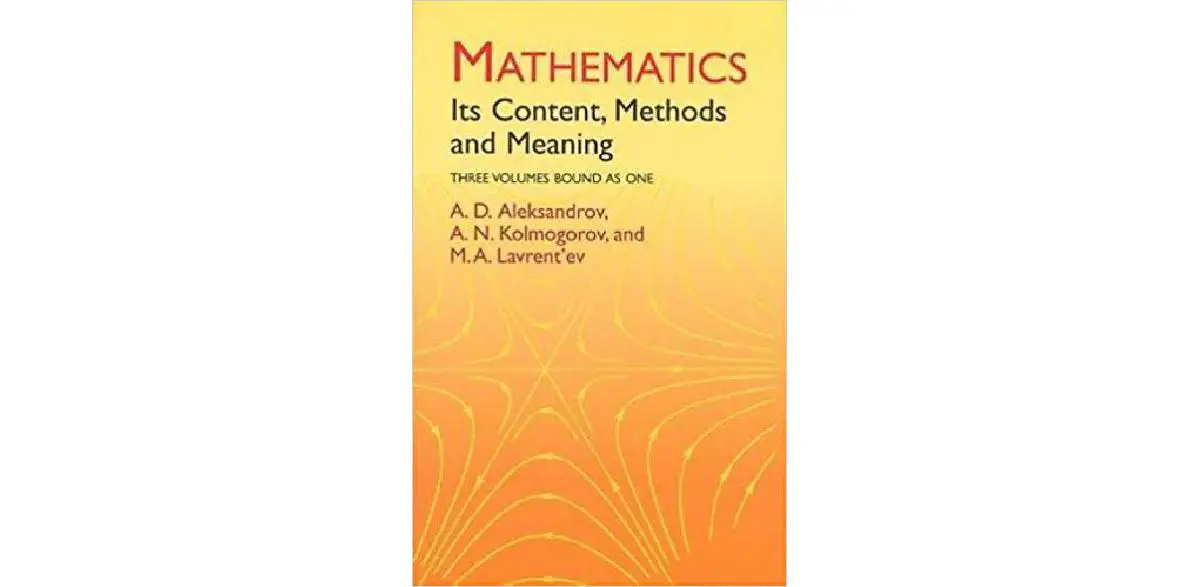
Mathematics: Its Content, Methods and Meaning
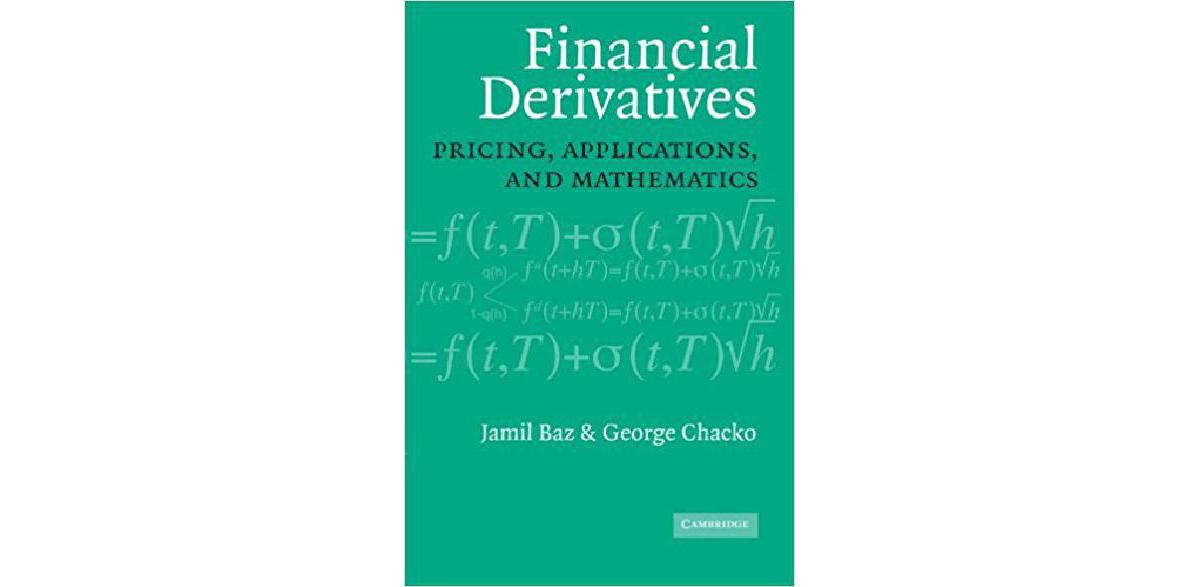
Financial Derivatives: Pricing, Applications, and Mathematics
One of the author, Baz, gave me a copy of this book when it came out and it went to sleep in my library as I was not in a finance mood. I forgot about it until this week as I was stuck on a problem related to risk-neutral pricing and the Girsanov theorem concerning changes in probability measure. I looked at every passage on the the subject until I hit on it. Then I realized that I should have read it before: it is a condensed, but extremely deep , and complete exposition of the subject of theoretical finance.
No financial book has the clarity of this text. Other quant books do not have such notions as "pricing kernel" and economic theoretical matters.
I would recommend it as a necessary piece of the "quant" toolkit. Every quant should have it as a background tool as the usual quant literature is standalone and devoid of these concepts.
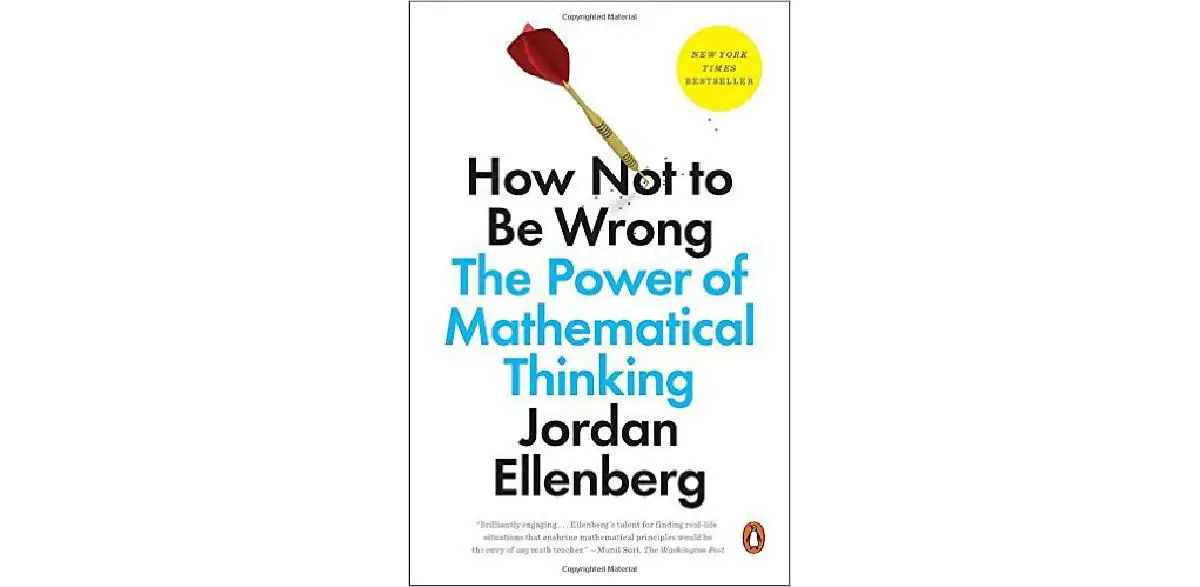
How Not to Be Wrong: The Power of Mathematical Thinking
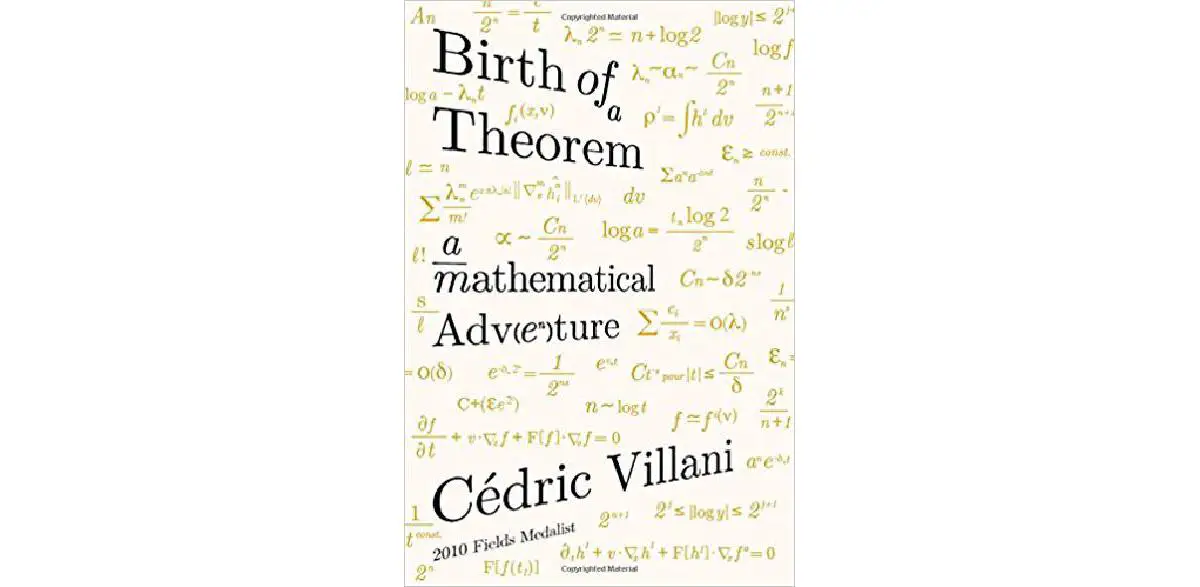
Birth of a Theorem: A Mathematical Adventure
This book takes us through the formulation of the theorems in "On Landau damping" by Clément Mouhot and Cédric Villani. Villani is playful in real life, his research is playful, and the book is playful.
This is a gem for a singular reason. One sees exactly how Villani (or a pure mathematician) goes from abstract to abstract without ever exiting the world of pure and symbolic mathematics, even though the subject concerns a very concrete real-world topic. I kept waiting for him to use simulations or even plots to see how the equations worked. But he did not ... he and Mouhot had recourse to outside help (a student or an assistant) for the graphs and he camly noted that they "looked" great. Later in the book he relied on others to do the numerical work... as an afterthought.
Most physicists, quants, and applied mathematicians would have played with a computer to get the intuition; Villani just worked with mathematical objects, abstract mathematical objects, and very abstract at that. And this is a big deal for the subject because it belongs to a certain class of problems that do not have analytic solutions, usually requiring numerical approaches. Landau damping is about something many people are indirectly familiar with. Some history: Fokker–Planck equation, itself the Kolmogorov forward equation, is used commonly as the law of motion of particles (hence diffusions in finance). We quants use it in the main partial stochastic differential equation. In plasma physics it is related to the Boltzman equation, which, by using mean-interraction in place of every interration (mean-field), leads to the Vlasov equation.
Landau damping is (sort of) about how things don't blow up because of some exponential decay. Proving it outside the linear version remained elusive. Villani and Mouhot set to prove it. They eventually do. One note. I read it in the English translation (because I was in a hurry to get the book), but noticed an oddity that may confuse the reader. "Calcul" in French does not mean "calculation" (in the sense of numerical calculation) but "derivation", so the reader might be confused about calculations thinking they were numerical when Villani stayed at the abstract/symbolic level. I would have read the book in one sitting.
It grips you like a detective novel. PS- Some UK BS operator, the type of journalist with an attempt at some PhD in something related to physics who thinks he knows it all and is the representative of the general public trashed the book in the Spectator. Ignore him: the fellow is clueless. Look at reviews by PRACTICING quants and mathematicians. I do not think there is another book like this one.
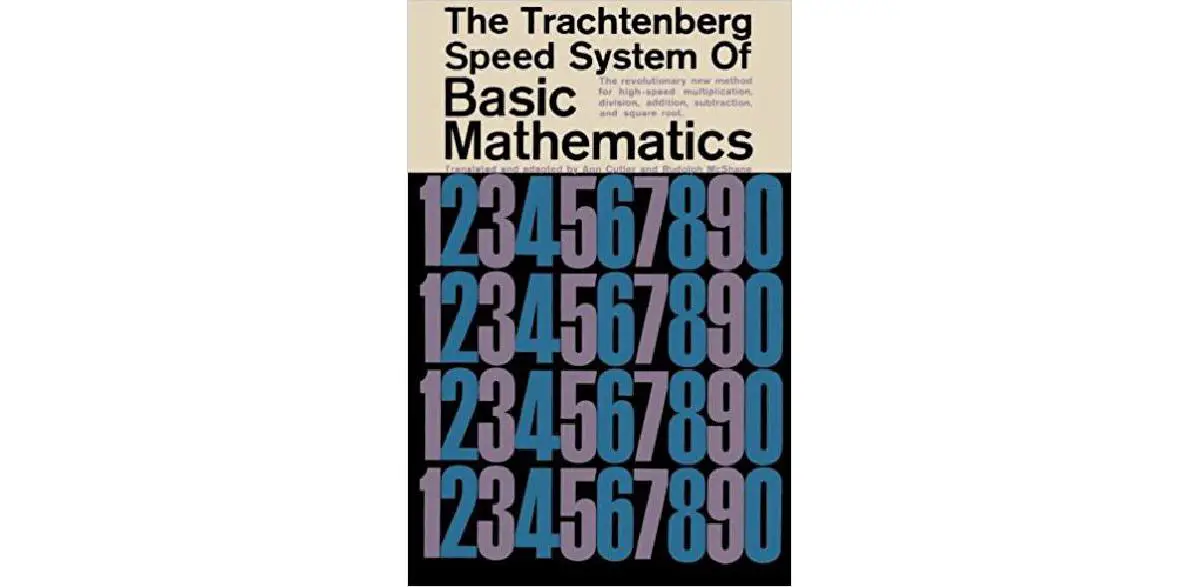
The Trachtenberg Speed System of Basic Mathematics
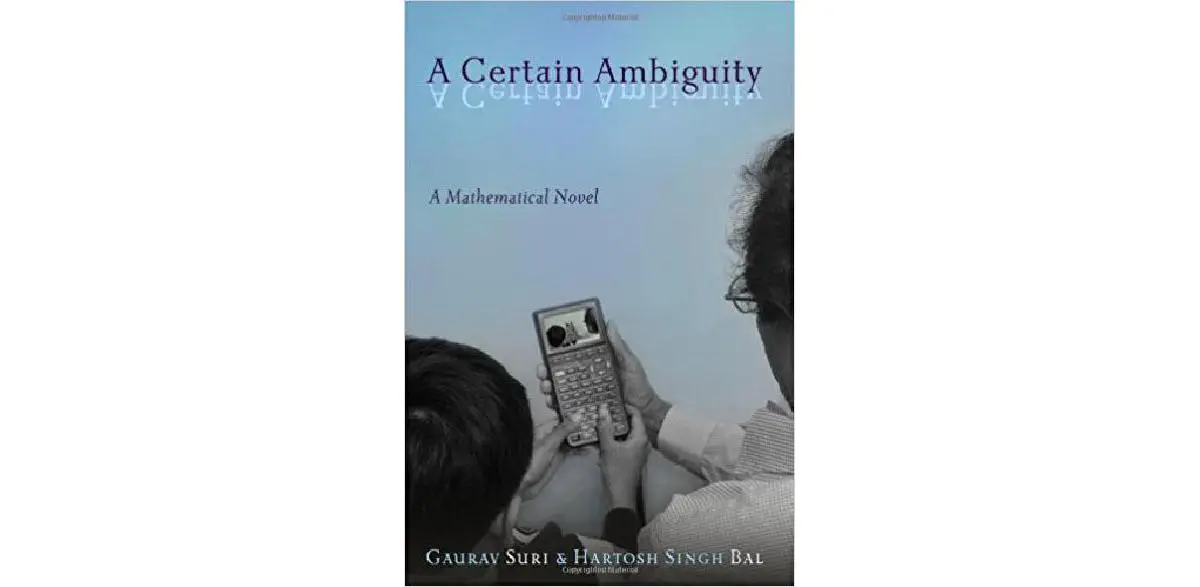
A Certain Ambiguity: A Mathematical Novel

Introduction to Gauge Field Theories (Theoretical and Mathematical Physics)

Supermanifolds (Cambridge Monographs on Mathematical Physics)
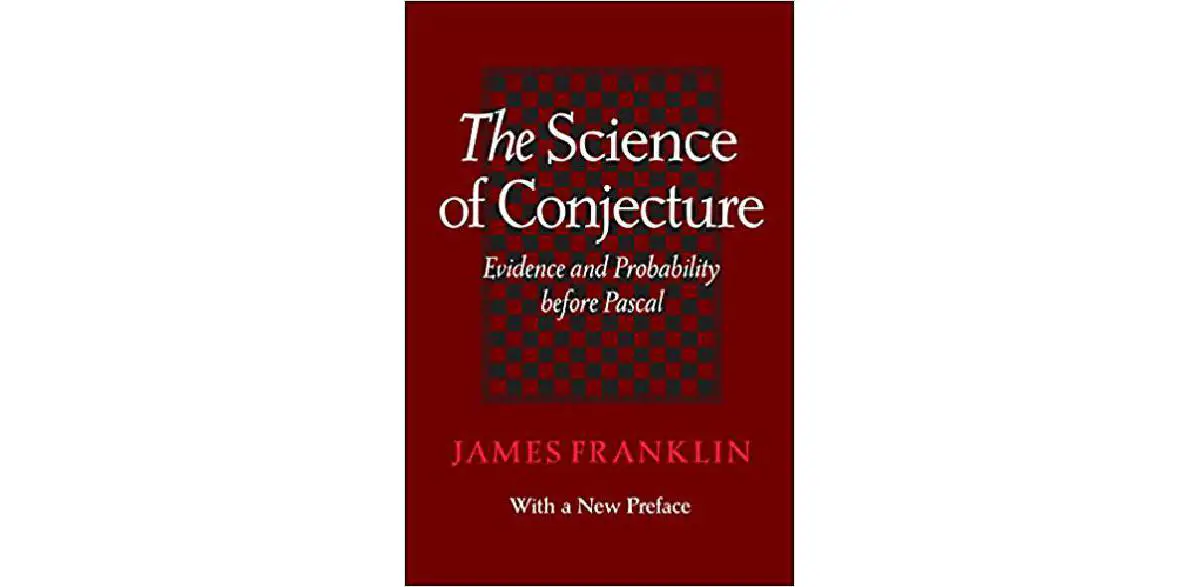
The Science of Conjecture: Evidence and Probability before Pascal
As a practitioner of probability, I've had to read many books on the subject. Most are linear combinations of other books and ideas rehashed without real understanding that the idea of probability harks back to the Greek pisteuo (credibility) [and pithanon that led to probabile in latin] and pervaded classical thought. Almost all of these writers made the mistake to think that the ancients were not into probability. And most books such as "Against the Gods" are not even wrong about the notion of probability: odds on coin flips are a mere footnote. Same with current experiments with psychology of probability. If the ancients were not into computable probabilities, it was not because of theology, but because they were not into highly standardized games. They dealt with complex decisions, not merely simplified and purified probability. And they were very sophisticated at it.
The author is both a mathematician and a philosopher, not a philosopher who took a calculus class hence has a shallow idea of combinatorics and feels dominated by the subject, something that plagues the subject of the philosophy of probability. This book stands above, way above the rest: I've never seen a deeper exposition of the subject, as this text covers, in addition to the mathematical bases, the true philosophical origin of the notion of probability.
Finally, Franklin covers matters related to ethics and contract law, such as the works of the medieval thinker Pierre de Jean Olivi, that very few people discuss today.
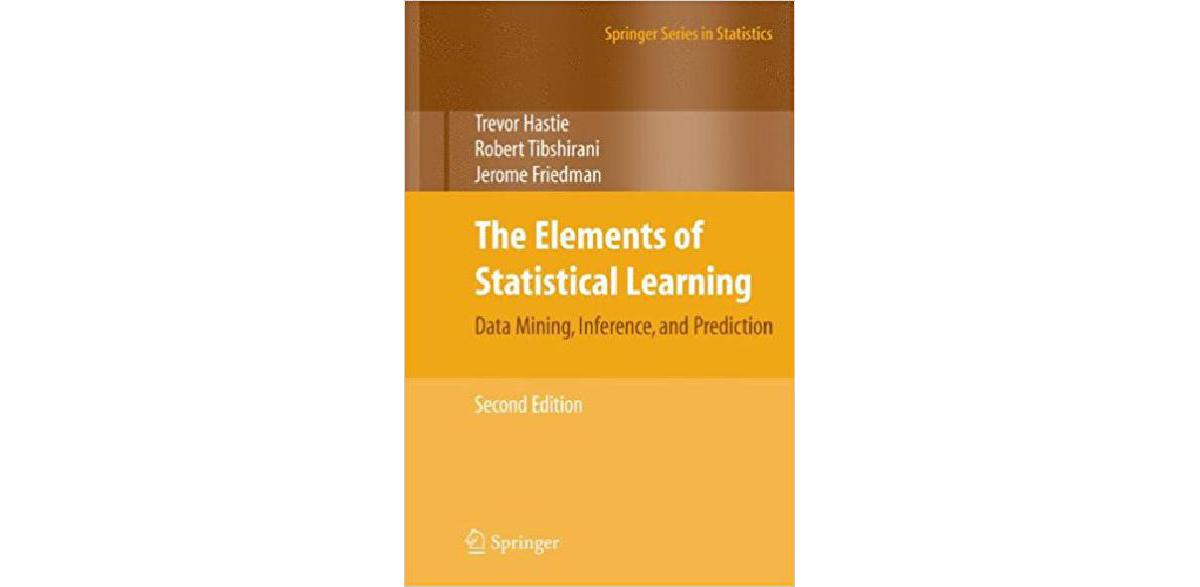
The Elements of Statistical Learning: Data Mining, Inference, and Prediction
Very comprehensive, sufficiently technical to get most of the plumbing behind machine learning. Very useful as a reference book (actually, there is no other complete reference book).
The authors are the real thing (Tibshirani is the one behind the LASSO regularization technique). Uses some mathematical statistics without the burdens of measure theory and avoids the obvious but complicated proofs.
I own two copies of this edition, one for the office, one for my house, and the authors generously provide the PDF for travelers like me.

I Think, Therefore I Laugh
I found this copy last week at Waterstone in London . It made me feel the plane ride was very short! I should have bought a couple. This is a great book for a refresher in analytical philosophy: pleasant, clear. Great training for people who tend to forget elementary relationships.
I did not know that JAP was a logician. Go buy this book!
The only competition is "Think" by Blackburn (rather boring).

Geometry of Design
Question: What books would you recommend to young people interested in your career path?
Answer:
- “Just My Type” by Simon Garfield
- “Thinking with Type” by Ellen Lupton
- “Don't Make Me Think” by Steve Krug
- “Geometry of Design” by Kimberly Elam
- “Grid Systems in Graphic Design” by Josef Müller-Brockmann
- “ReWork” by Jason Fried
These titles should be a good start, I think.
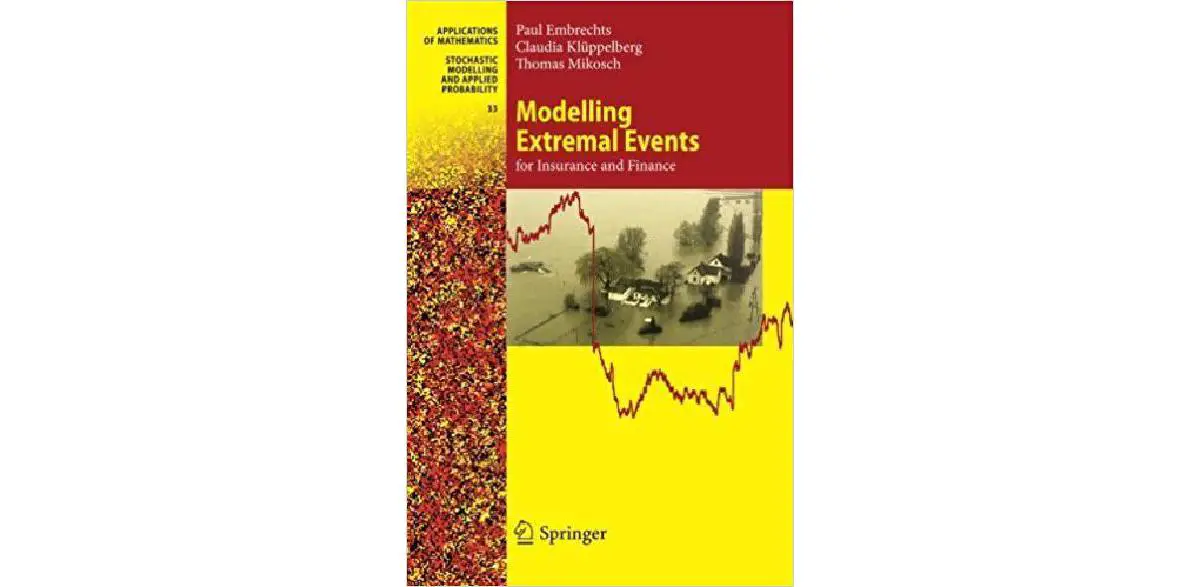
Modelling Extremal Events: for Insurance and Finance
The mathematics of extreme events, or the remote parts of the probability distributions, is a discipline on its own, more important than any other with respect to risk and decisions since some domains are dominated by the extremes: for the class of subexponential (and of course for the subclass of power laws) the tails ARE the story.
Now this book is the bible for the field. It has been diligently updated. It is complete, in the sense that there is nothing of relevance that is not mentioned, treated, or referred to in the text. My business is hidden risk which starts where this book stops, and I need the most complete text for that.
In spite of the momentous importance of the field, there is a very small number of mathematicians who deal with tail events; of these there is a smaller group who go both inside and outside the "Cramer conditions" (intuitively, thin-tailed or exponential decline).
It is also a book that grows on you. I would have given it a 5 stars when I started using it; today I give it 6 stars, and certainly 7 next year.
I am buying a second copy for the office. If I had to go on a desert island with 2 probability books, I would take Feller's two volumes (written >40 years ago) and this one.
One housecleaning detail: buy the hardcover, not the paperback as the ink quality is weaker for the latter.
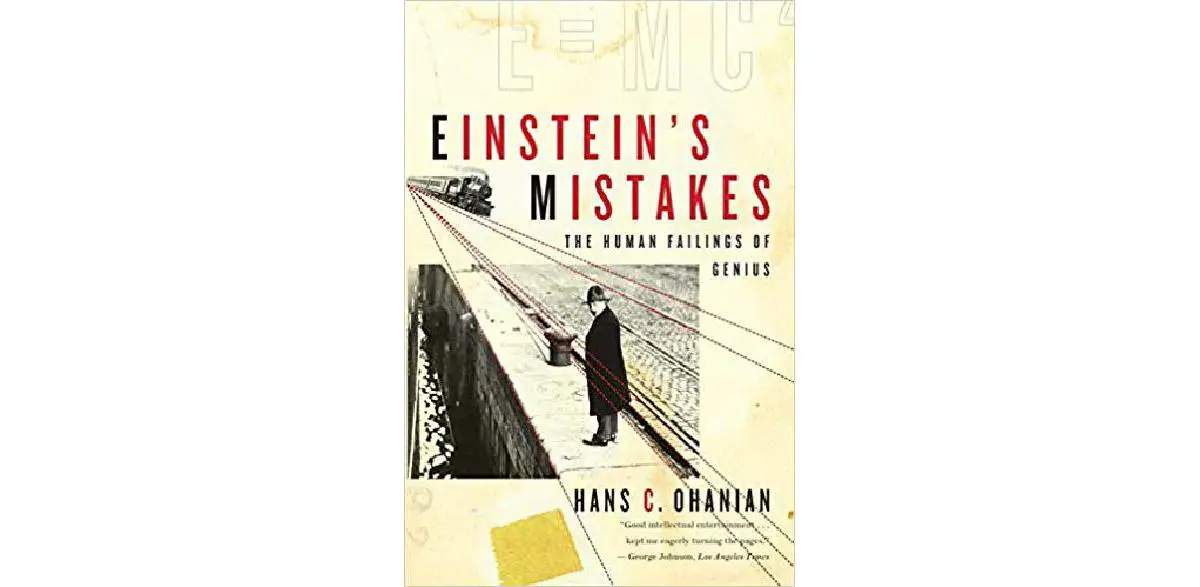
Einstein’s Mistakes: The Human Failings of Genius
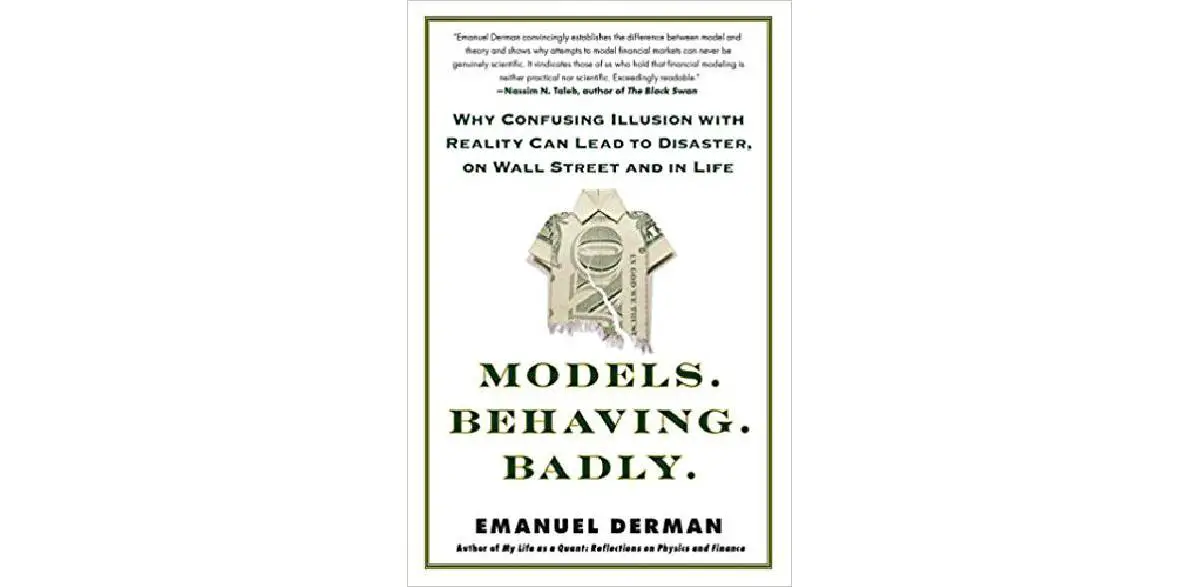
Models.Behaving.Badly.: Why Confusing Illusion with Reality Can Lead to Disaster, on Wall Street and in Life
Here is what I wrote in my endorsement: Emanuel Derman has written my kind of a book, an elegant combination of memoir, confession, and essay on ethics, philosophy of science and professional practice. He convincingly establishes the difference between model and theory and shows why attempts to model financial markets can never be genuinely scientific. It vindicates those of us who hold that financial modeling is neither practical nor scientific. Exceedingly readable.
From the remarks here, people seem to be blaming Derman for not having written the type of books they usually read... They are blaming him for being original! This is very philistinic. This book is a personal essay; if you don't like it, don't read it, there is no need to blame the author for not delivering your regular science reporting. Why don't you go blame Montaigne for discussing his personal habits in the middle of a meditation on war inspired by Plutarch?
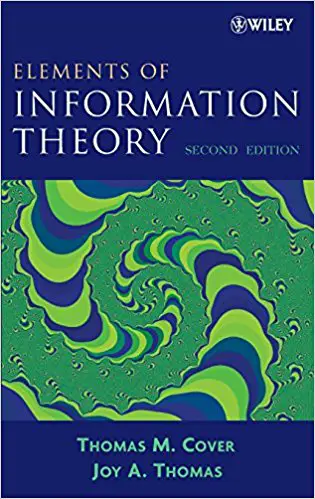
Elements of Information Theory
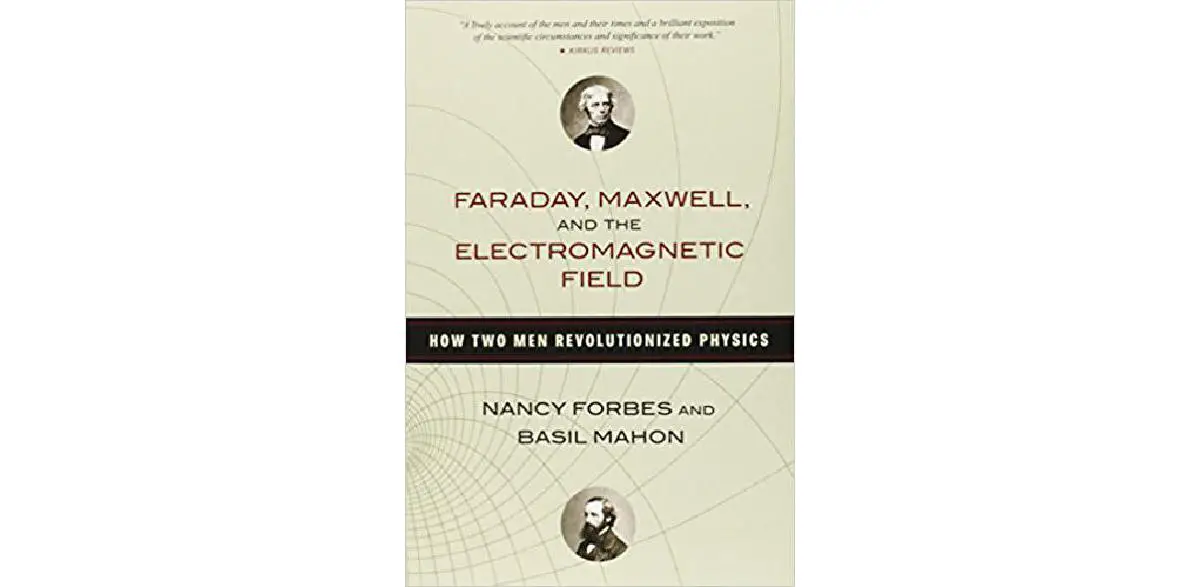
Faraday, Maxwell, and the Electromagnetic Field: How Two Men Revolutionized Physics
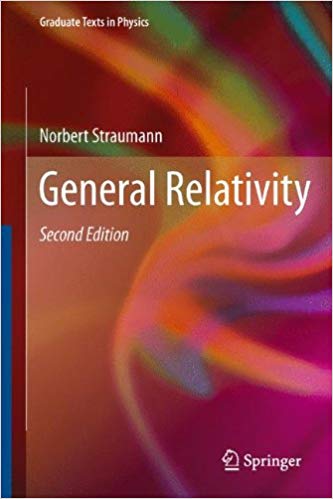
General Relativity (Graduate Texts in Physics)
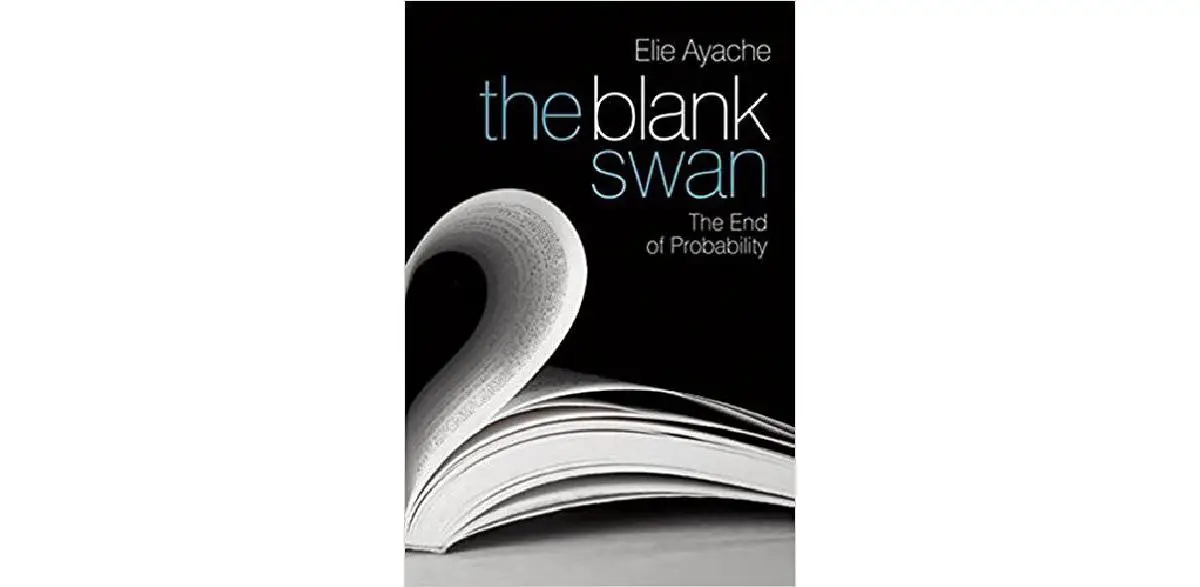
The Blank Swan: The End of Probability
I am relieved to finally find a book that deals with Black Swan Events in a new way. Ayache brings a reverse-probabilistic perspective: instead of considering that a price is the result of probabilistically derived expectation, he reverses the issues and investigates these artificial constructs as "probabilities" and "expectations" as secondary, derived, fictitious concepts that we bring about to explain prices, decisions, and other things.
This, of course, is just the beginning, so one has to be understanding about the speculative aspect of the effort --so view this as a gutsy look at the "end of probability" and how we will need to envision the world once we get rid of this artificial, antiquated tool. I am also glad to see that those of us trained in the trading of options can have views original enough to influence the philosophy of probability and the philosophical understanding of contingency.
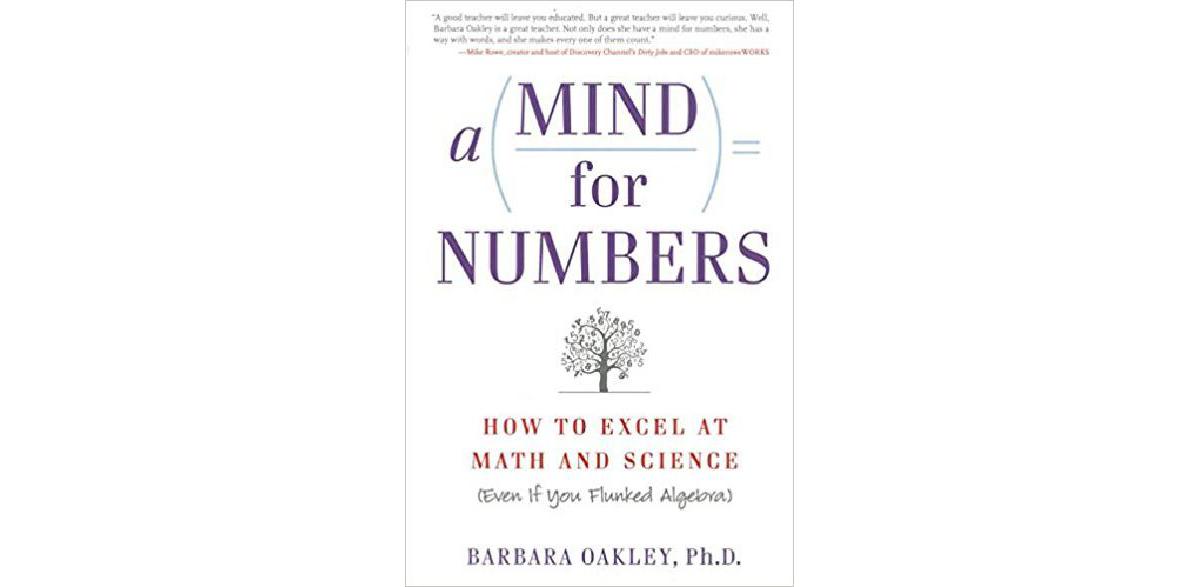
A Mind for Numbers: How to Excel at Math and Science
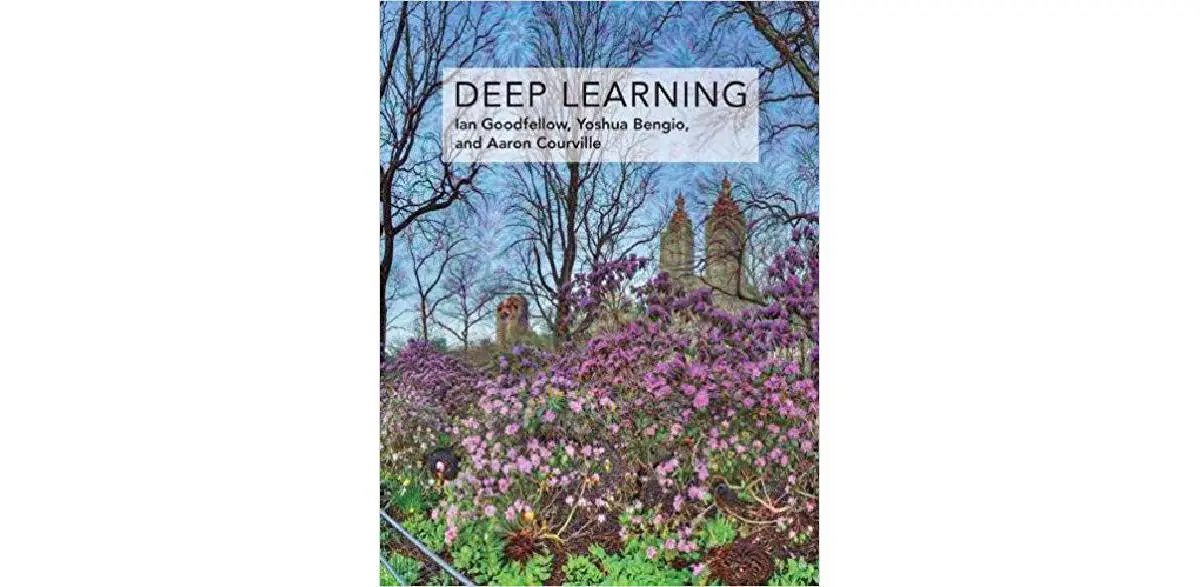
Deep Learning
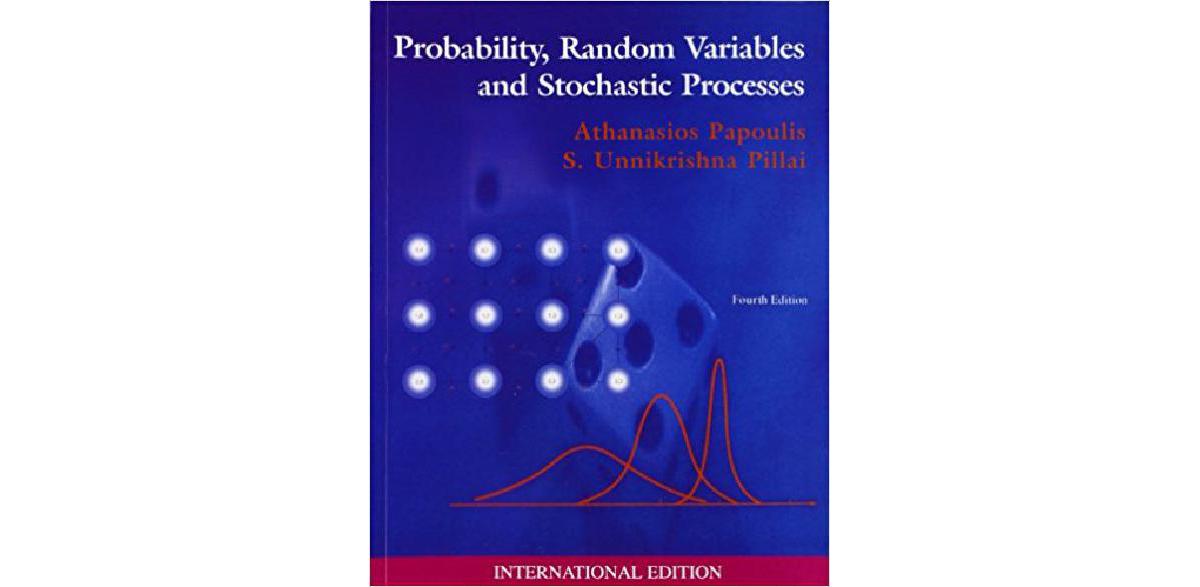
Probability, Random Variables and Stochastic Processes
When readers and students ask to me for a useable book for nonmathematicians to get into probability (or a probabilistic approach to statistics), before embarking into deeper problems, I suggest this book by the Late A. Papoulis. I even recommend it to mathematicians as their training often tends to make them spend too much time on limit theorems and very little on the actual "plumbing".
The treatment has no measure theory, cuts to the chase, and can be used as a desk reference. If you want measure theory, go spend some time reading Billingsley. A deep understanding of measure theory is not necessary for scientific and engineering applications; it is not necessary for those who do not want to work on theorems and technical proofs.
I've notice a few complaints in the comments section by people who felt frustrated by the treatment: do not pay attention to them. Ignore them. It the subject itself that is difficult, not this book. The book, in fact, is admirable and comprehensive given the current state of the art. I am using this book as a benchmark while writing my own, but more advanced, textbook (on errors in use of statistical models).
Anything derived and presented in Papoulis, I can skip. And when students ask me what they need as pre-requisite to attend my class or read my book, my answer is: Papoulis if you are a scientist, Varadhan if you are more abstract.
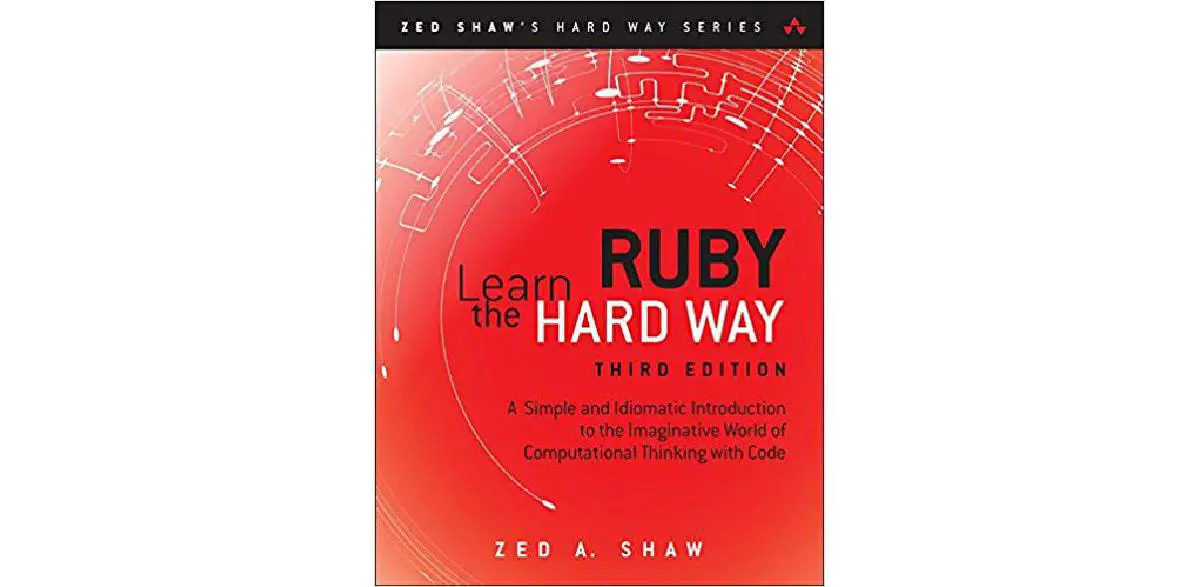
Learn Ruby the Hard Way: A Simple and Idiomatic Introduction to the Imaginative World Of Computational Thinking with Code
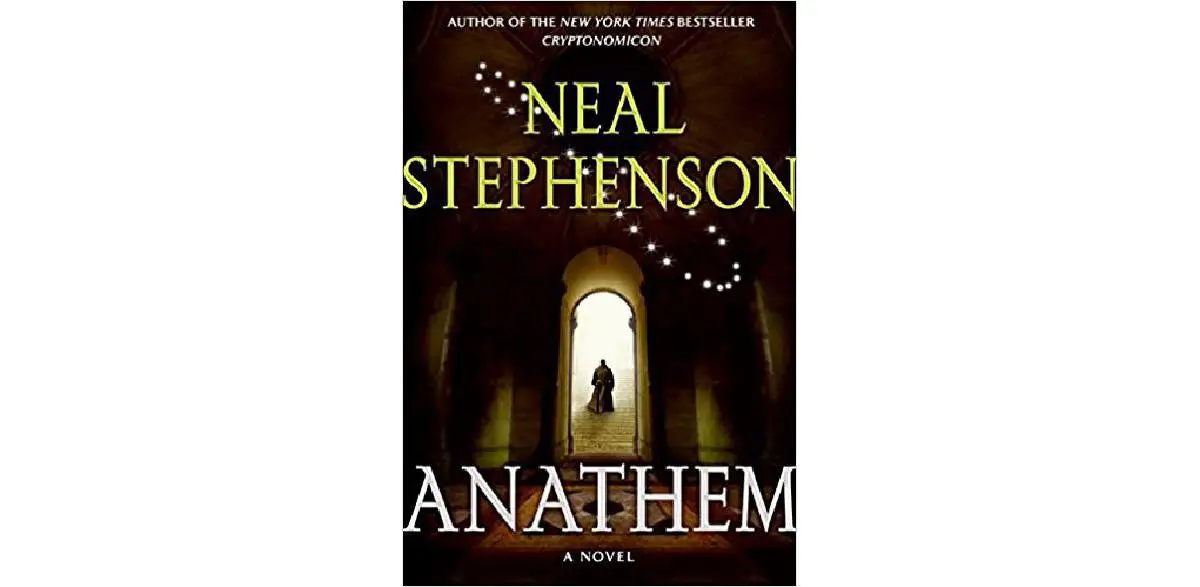
Anathem
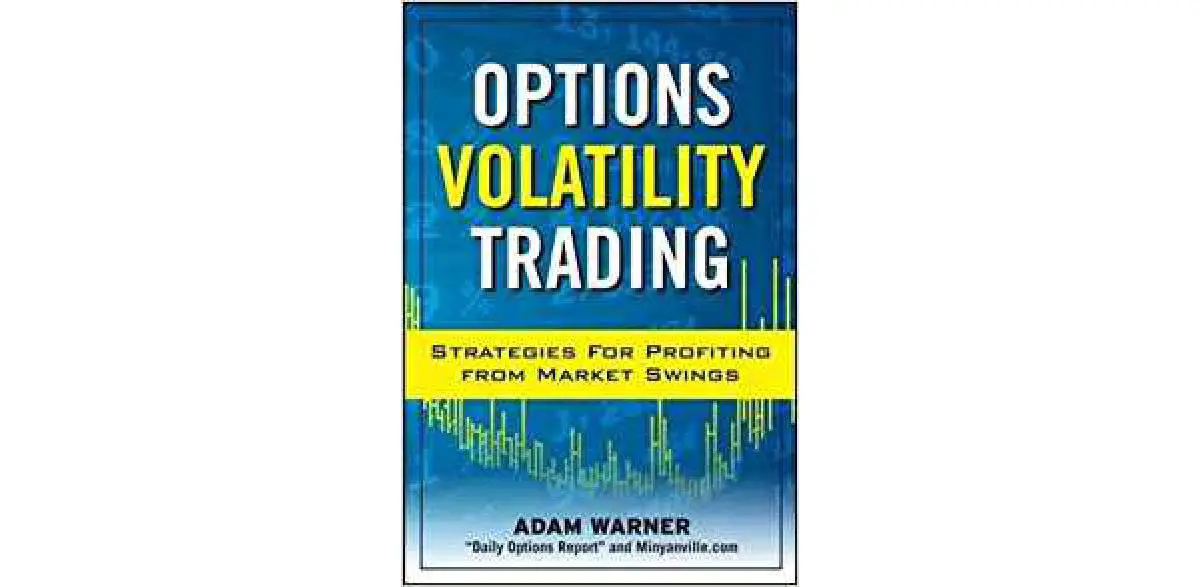
Options Volatility Trading: Strategies for Profiting from Market Swings
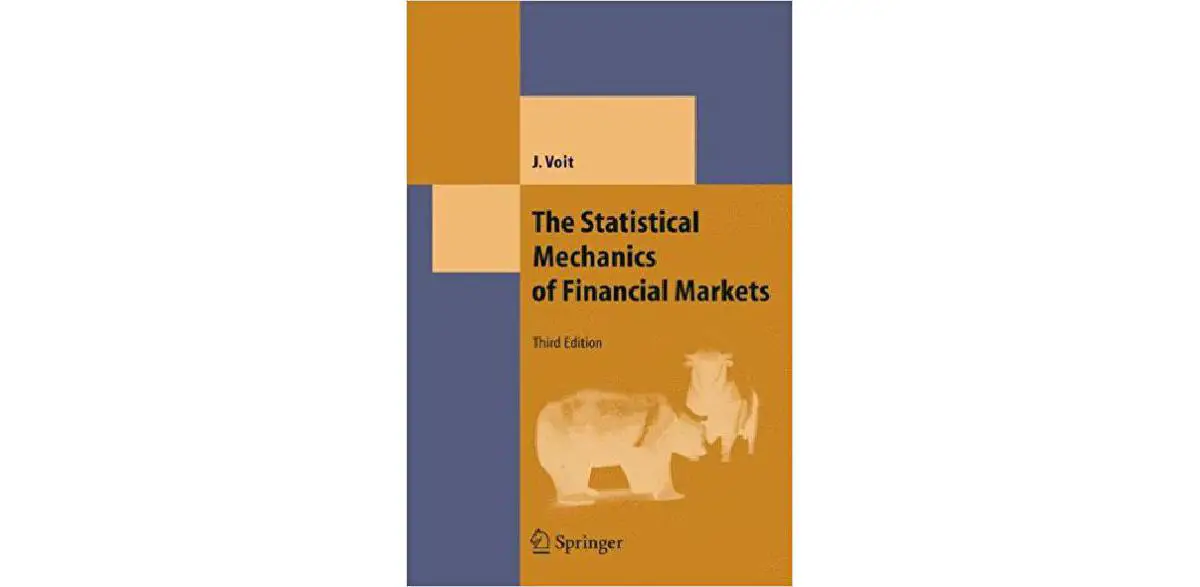
The Statistical Mechanics of Financial Markets
Very useful book, particularly in what concerns alternative L-Stable distributions. True, not too versed in financial theory but I'd rather see the author erring on the side of more physics than mathematical economics. As an author I don't ask much from books, just to deliver what they indend. This one does.
Clear historical description of Einstein/Bachelier. Hopefully one day we will call derivatives pricing the Bachelier valuation.
The book in short provides an excellent perspective on the statistical approach to asset price dynamics. Very clear and to the point.
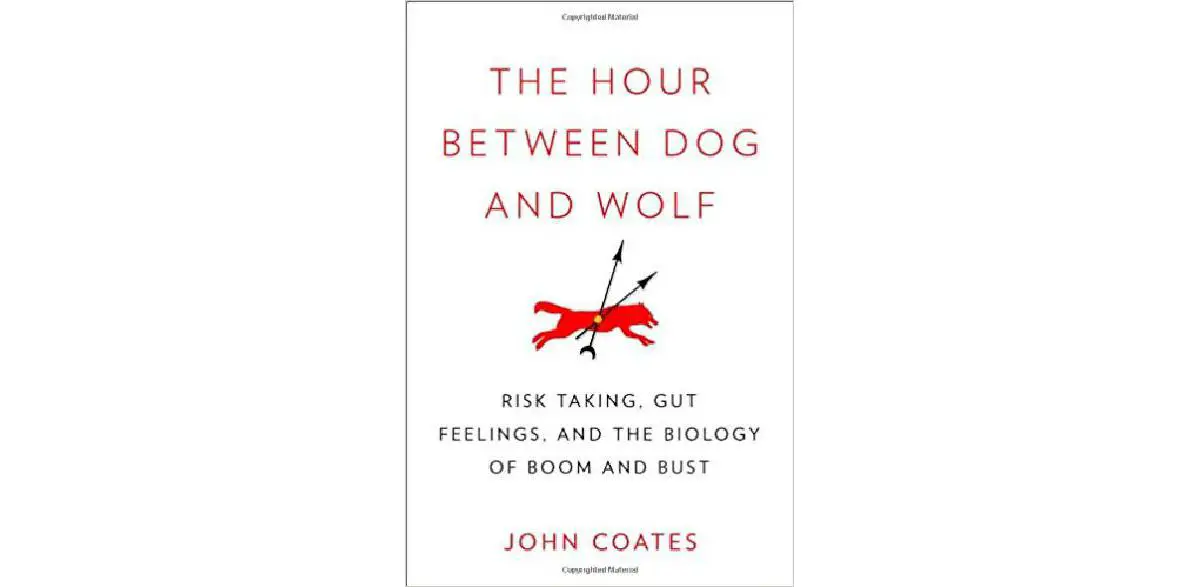
The Hour Between Dog and Wolf: Risk Taking, Gut Feelings and the Biology of Boom and Bust
I read this book after completing my exposition of overcompensation, how a stressor or a random event causes an increase in strength, in excess of what is needed, like a redundancy. I was also looking for evidence of convex reaction to stressor, or the effect of a mathematical property called Jensen's inequality in domains and found it exposed here (in other words, why a combination low dose (most of the time) and high dose (rarely) beats medium dose all the time. The authors presents the evidence for the phenomenon in the following: 1) acute stressors cum recovery beat both absence of stressors and chronic ones (this includes thermal variations); 2) stressors make one stronger (post traumatic growth); 3) risk management is mediated by the deep structures in us, not rational decision-making; 4) winning causes an increase in strength (the latter are more complicated effects of convexity/Jensen's Inequality).
Great book. I ignored the connection to financial markets while reading it. But I learned that when under stress, one should seek the familiar.
Bravo!
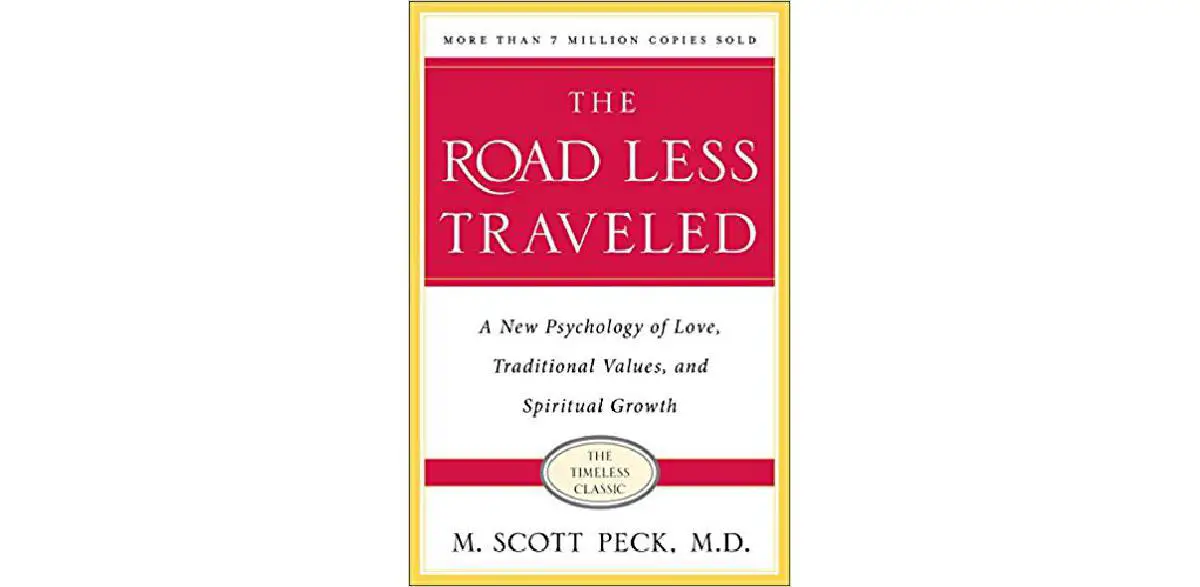
The Road Less Travelled: A New Psychology of Love, Traditional Values and Spiritual Growth
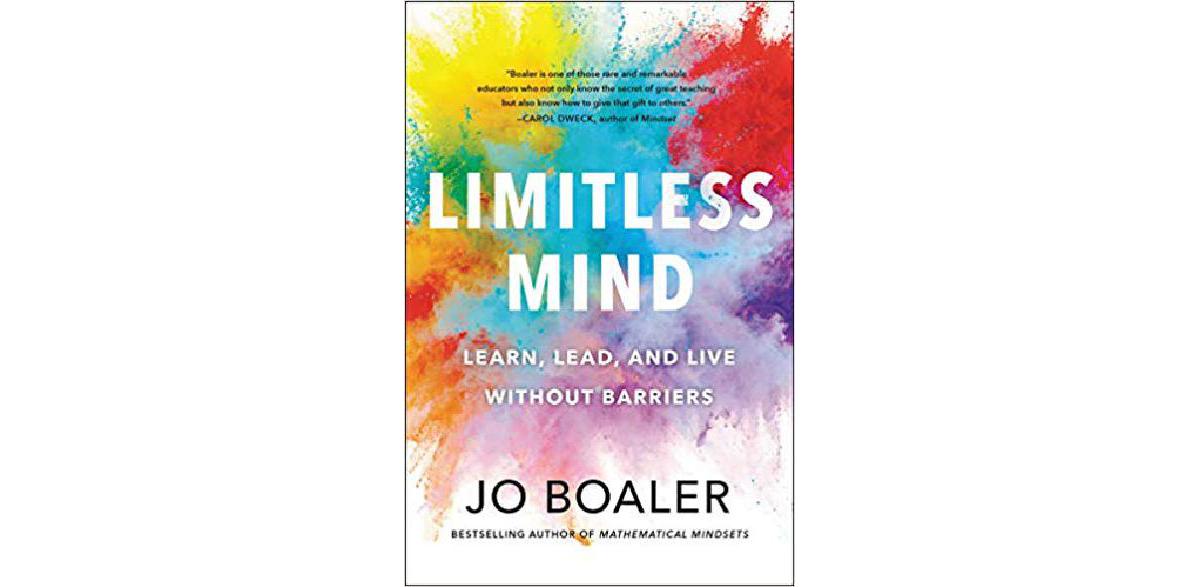
Limitless Mind: Learn, Lead, and Live Without Barriers
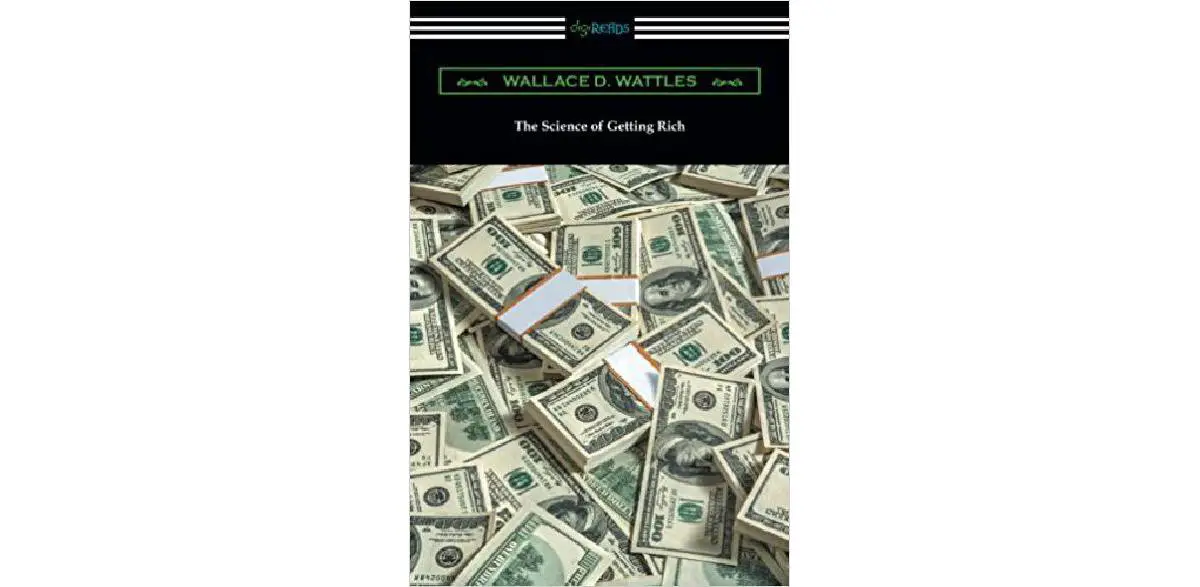
The Science of Getting Rich

Differential Topology
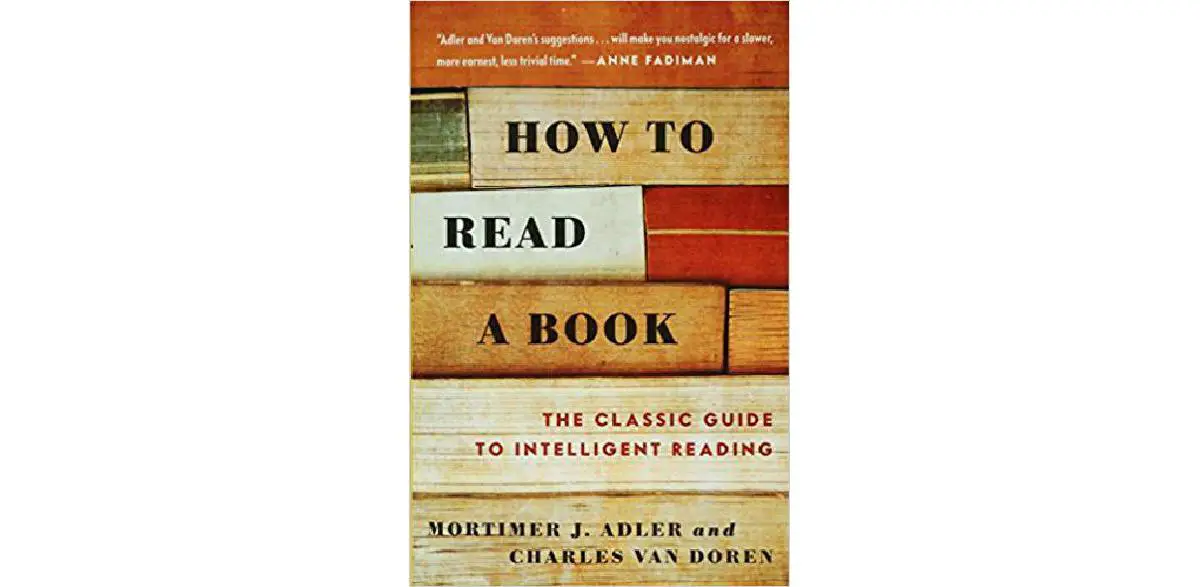
How to Read a Book: The Classic Guide to Intelligent Reading
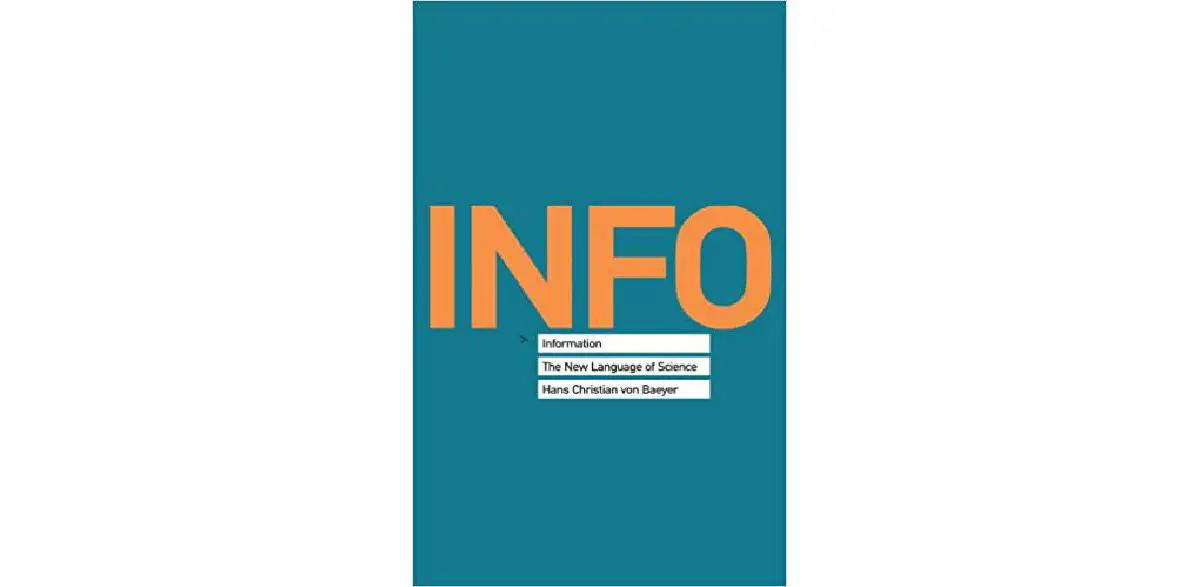
Information: The New Language of Science
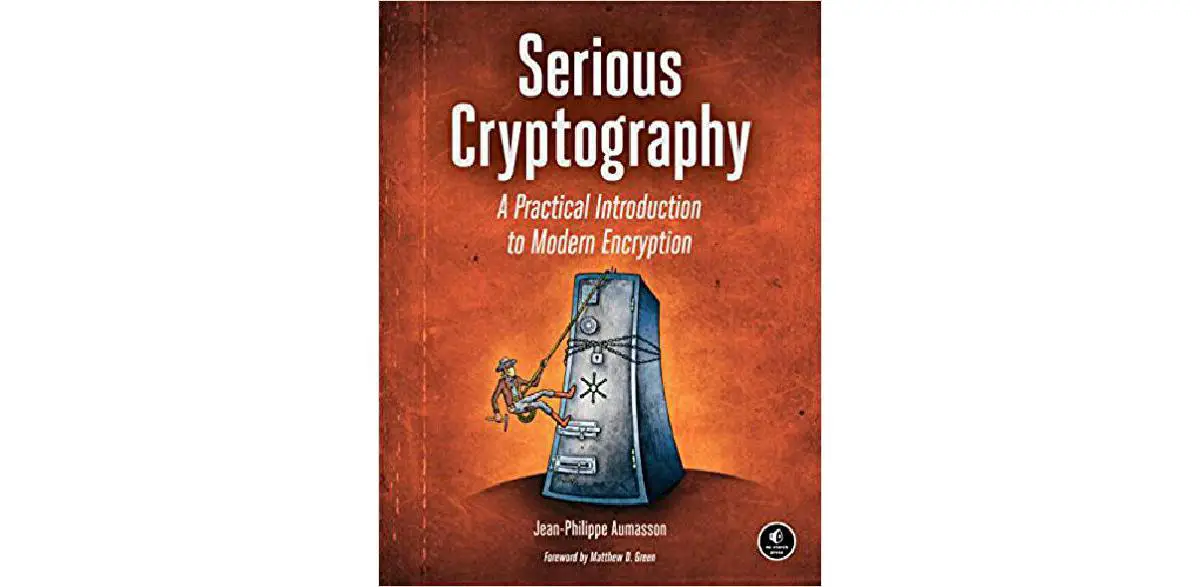
Serious Cryptography: A Practical Introduction to Modern Encryption
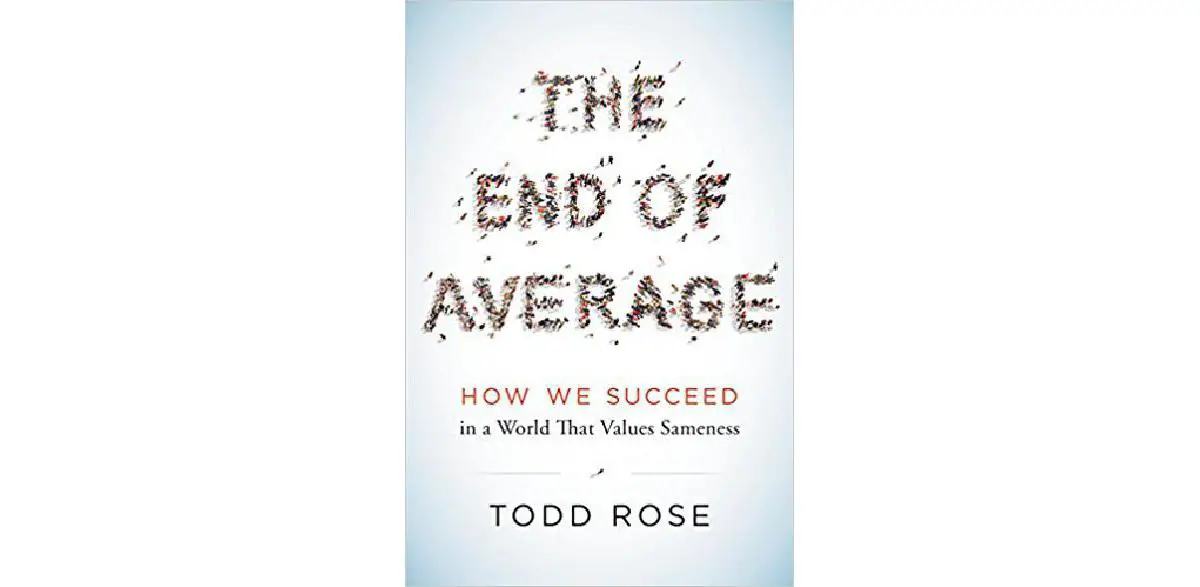
The End of Average: How We Succeed in a World That Values Sameness
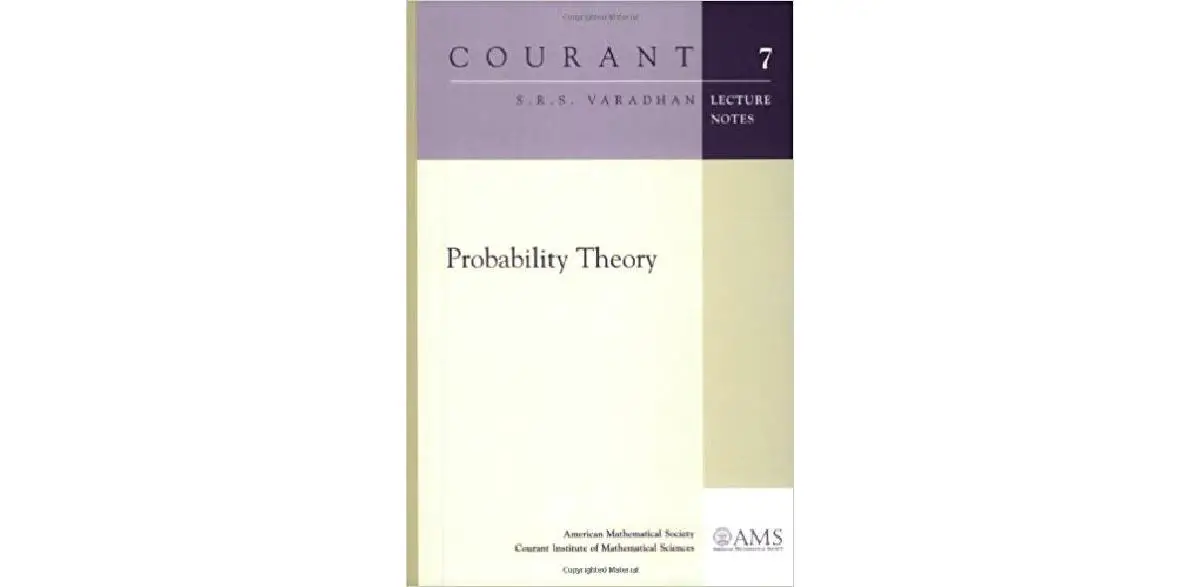
Probability Theory
I know which books I value when I end up buying a second copy after losing the first one. This book gives a complete overview of the basis of probability theory with some grounding in measure theory, and presents the main proofs. It is remarkable because of its concision and completeness: visibly prof Varadhan lectured from these notes and kept improving on them until we got this gem. There is not a single sentence too many, yet nothing is missing.
For those who don't know who he is, Varadhan stands as one of the greatest probabilists of all time. Learning probability from him is like learning from Aristotle. Varadhan has two other similar volumes one covering stochastic processes the other into the theory of large deviations (though older than this current text).
The book on Stochastic Processes should be paired with this one.

The Second Law: Energy, Chaos and Form

How Nature Works: The Science of Self-organized Criticality
This book is a great attempt at finding some universality based on systems in a "critical" state, with departures from such state taking place in a manner that follows power laws.
The sandpile is a great baby model for that. Some people are critical of Bak's approach, some even suggesting that we may not get power laws in these "sandpile" effects, but something less scalable in the tails. The point is :so what? The man has vision. I looked at the reviews of this book. Clearly a few narrow-minded scientists do not seem to like it (many did not like Per Bak's ego).
But the book is remarkably intuitive and the presentation is so clear that he takes you by the hand. It is even entertaining. If you are looking to find flaws in his argument his pedagogy allows it (it is immediately obvious to us who dabble with simulations of these processes that you need an infinite sandpile to get a pure power law). Another problem. I have been ordering the book on Amazon for ages.
Copernicus books does not respond to emails. I got my copy at the NYU library. Bak passed away 2 years ago and nobody seems to be pushing for his interest and that of us his readers (for used books to sell for 99 implies some demand). This convinces me NEVER to publish with Springer.
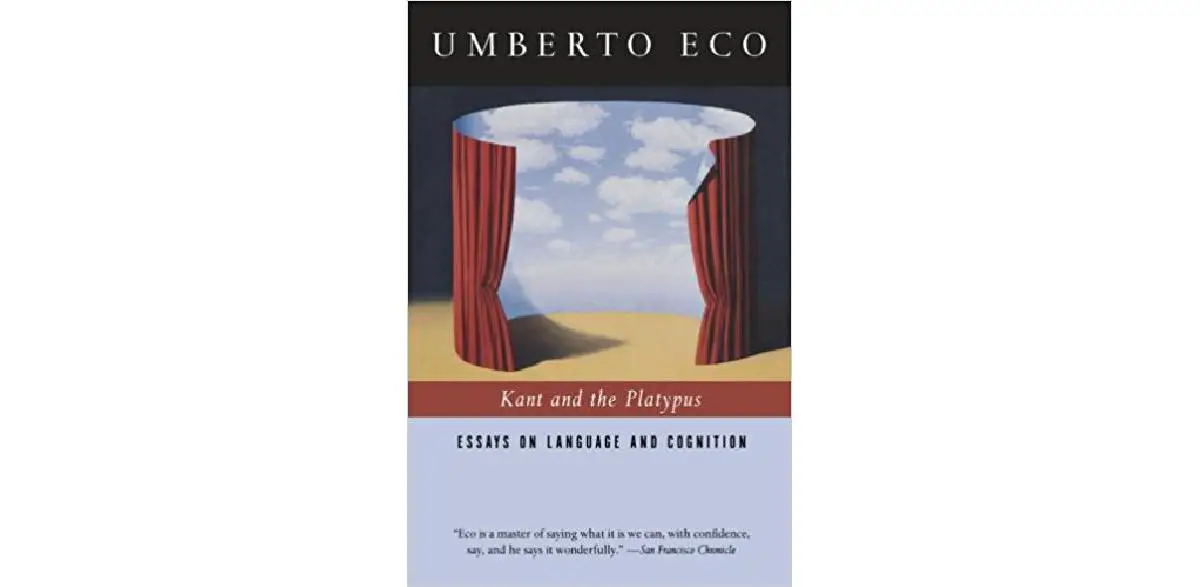
Kant and the Platypus: Essays on Language and Cognition
I read the review of Simon Blackburn trashing the book: Eco made a few mistakes concerning the two dogmas of empiricism (he confused Davidson's work with Quine's first dogma). So I am sure many readers hesitated after a review by such a rigorous big gun thinker as Blackburn.
When I started reading the book I was taken aback by the combination of depth and the vividness of the style. Eco is sprightly and alive, something that cannot be said of many philosophers dealing with the subject of categories.
The notion of categories is not trivial: you need a simple conditional prior to identify an object; it is a simple mathematical fact. You need to know what a table is to see it in the background separated from its surroundings. You need to know what a face is so when it rotates you know it is still the same face. Computers have had a hard time with such pattern recognition. A PRIOR category is a necessity. This was Kant's intuition (the so-called "rationalism"). This is also the field of semiotics as initially conceived. Eco took it to greater levels with his notion of what I would call in scientific language a compression, a "simplifation". This leads to the major problem we face today: what if the act of compressing is arbitrary?
Not just very deep but it is a breath of fresh air to see such a philosophical discussion nondull, nondry, alive!
Cryptonomicon
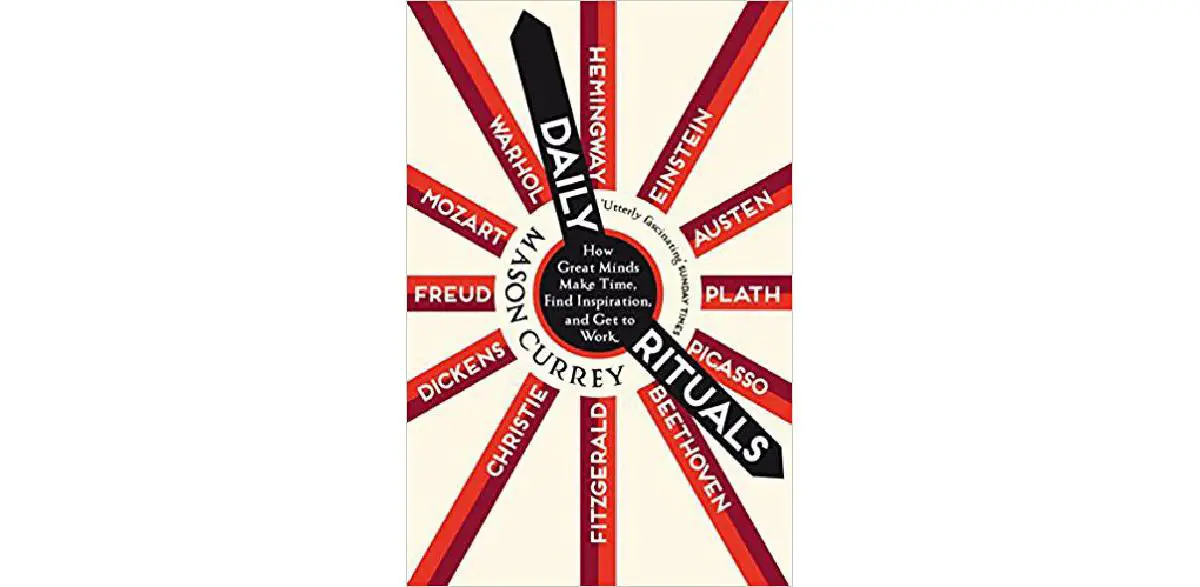
Daily Rituals: How Artists Work

Around the World in 80 Days
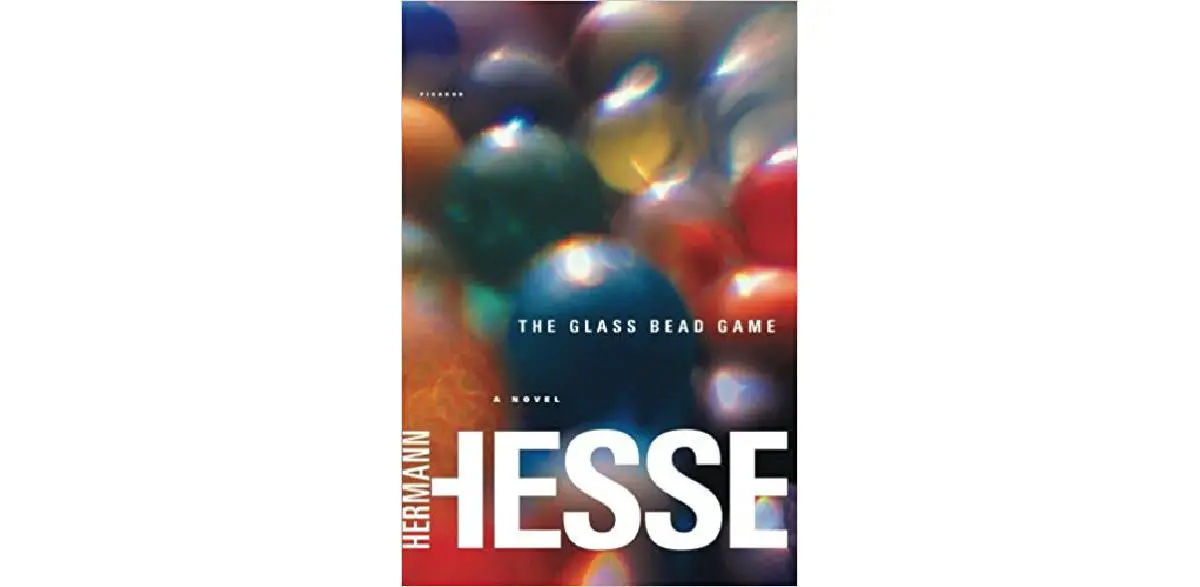
The Glass Bead Game
The Glass Bead Game by Hermann Hesse played a pivotal role in helping me decide to become a teacher and in further pursuits afterwards. There are various interpretations of the text and many conclusions I could personally draw from, but the general theme entails following the life of a man in an institution of academic-like monks who study various subjects for the sake of knowledge itself - nothing done for money, “progress”, or technological advancement. In an age where academics is constantly pressured to lead students towards a job, I found that to be refreshing for me, especially as I had been living in Spain post-college trying to find some purpose beyond teaching English.
Learning to learn is beautiful and meaningful by itself, and in terms of how that relates to Ridj-it, this attitude has helped me to engage with the company in finding it to be rewarding for what it is, not because it serves some other external purpose. Investors don’t want to hear that, nor does anyone else relying on your existence, but thinking as such helps defend against dwelling on future scenarios and thoughts that inherently have no reality because, quite honestly, they don’t exist. The consequence of this commitment to the “now” is focus on the task at hand and the inevitable quality that follows. I’m not sure if I could have personally gotten to that point if I hadn’t committed myself to education via Hesse’s book.

Collected Fictions
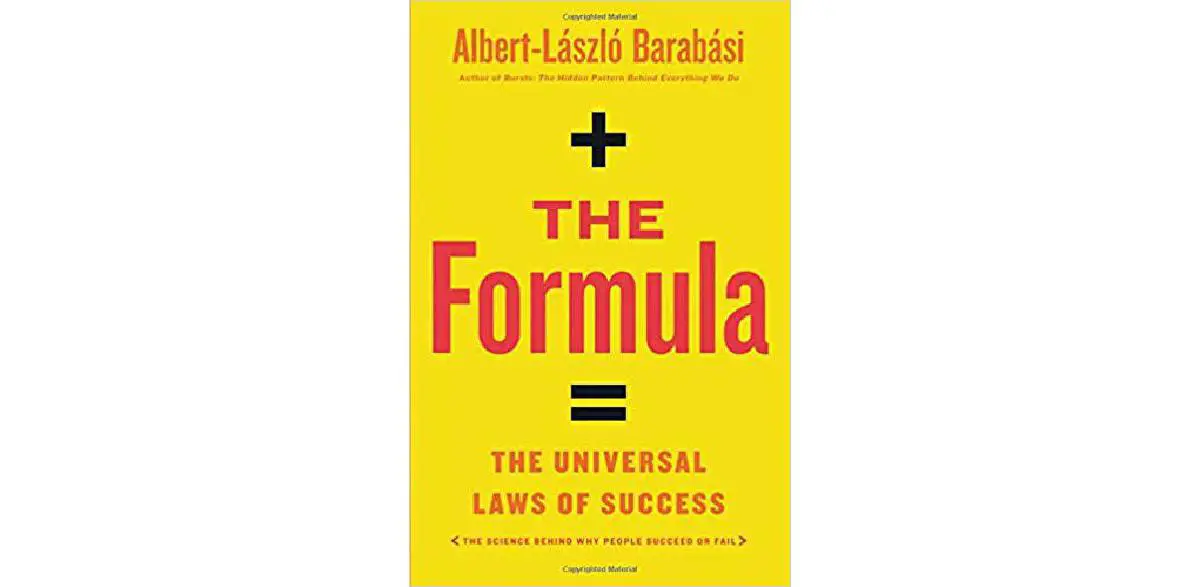
The Formula: The Universal Laws of Success
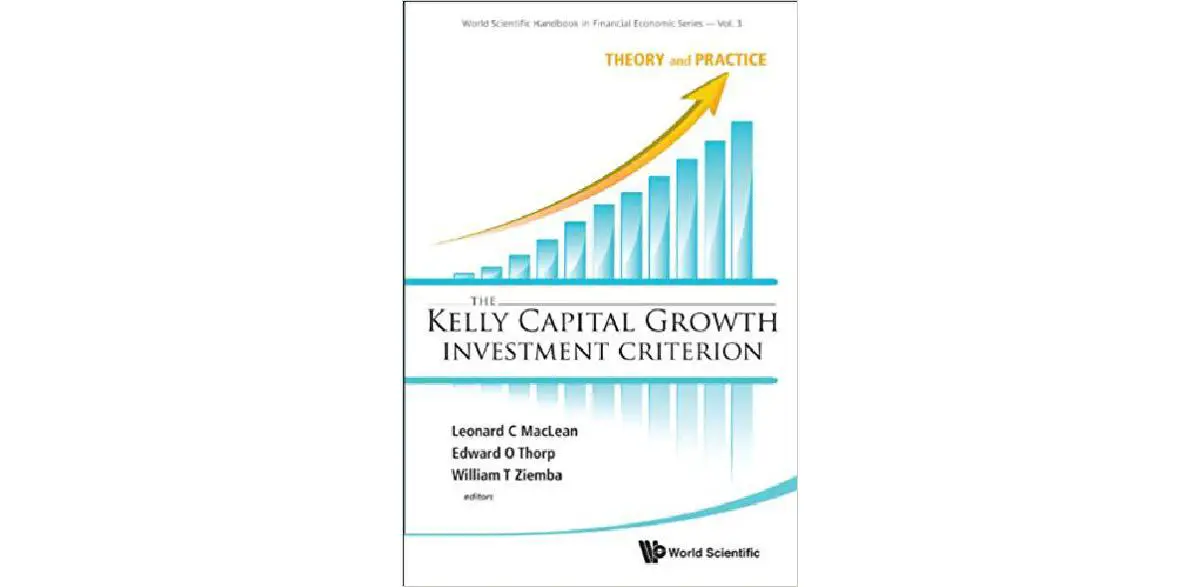
The Kelly Capital Growth Investment Criterion: Theory and Practice
There are two methods to consider in a risky strategy.
1) The first is to know all parameters about the future and engage in optimized portfolio construction, a lunacy unless one has a god-like knowledge of the future. Let us call it Markowitz-style. In order to implement a full Markowitz- style optimization, one needs to know the entire joint probability distribution of all assets for the entire future, plus the exact utility function for wealth at all future times. And without errors! (I have shown that estimation errors make the system explode.)
2) Kelly's method (or, rather, Kelly-Thorpe), developed around the same period, which requires no joint distribution or utility function. It is very robust. In practice one needs to estimate the ratio of expected profit to worst- case return-- dynamically adjusted to avoid ruin. In the case of barbell transformations, the worst case is guaranteed (leave 80% or so of your money in reserves). And model error is much, much milder under Kelly criterion. So, assuming one has the edge (as a sole central piece of information), engage in a dynamic strategy of variable betting, getting more conservative after losses ("cut your losses") and more aggressive "with the house's money". The entire focus is the avoidance of gambler's ruin.
The first strategy was only embraced by academic financial economists --empty suits without skin in the game -- because you can make an academic career writing BS papers with method 1 much better than with method 2. On the other hand EVERY SURVIVING speculator uses explicitly or implicitly method 2 (evidence: Ray Dalio, Paul Tudor Jones, Renaissance, even Goldman Sachs!) For the first method, think of LTCM and the banking failure.
Let me repeat. Method 2 is much, much, much more scientific in the true sense of the word, that is rigorous and applicable. Method 1 is good for "job market papers" . Now this book presents all the major papers for the second line of thinking. It is almost exhaustive; many great thinkers in Information theory and probability (Ed Thorpe, Leo Breiman, T M Cover, Bill Ziemba) are represented... even the original paper by Bernouilli.
Buy 2 copies, just in case you lose one. This book has more meat than any other book in decision theory, economics, finance, etc...
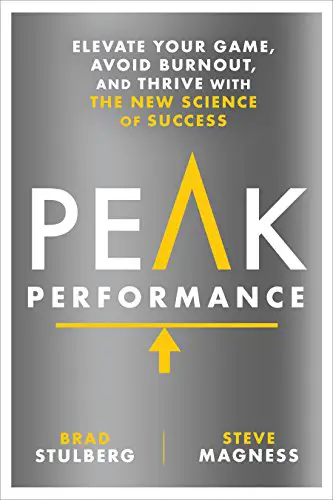
Peak Performance: Elevate Your Game, Avoid Burnout, and Thrive with the New Science of Success
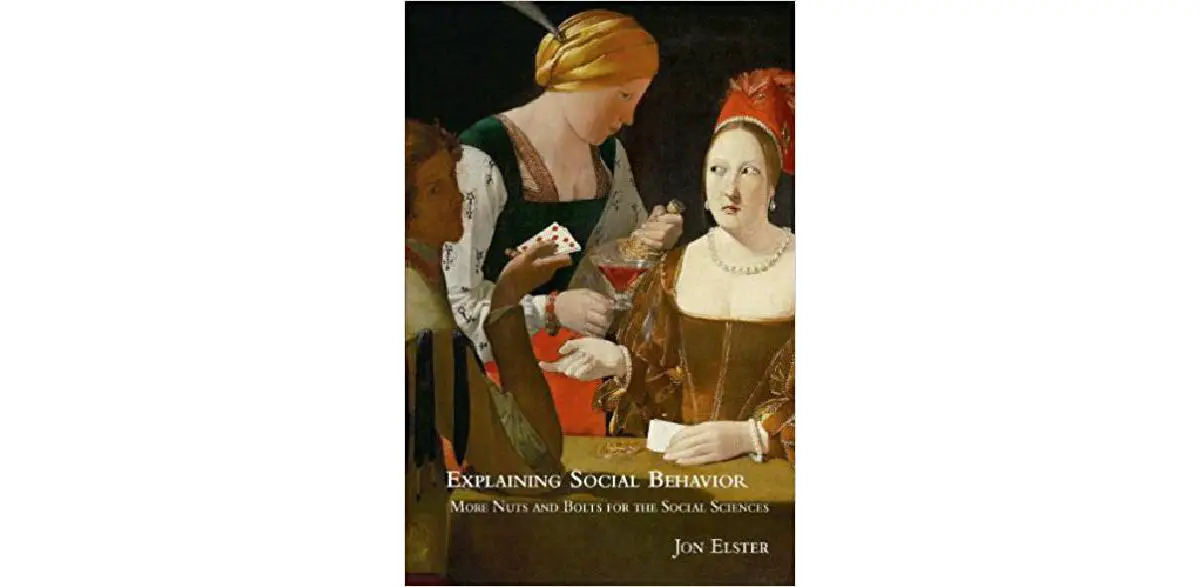
Explaining Social Behavior: More Nuts and Bolts for the Social Sciences
I read this book twice. The first time, I thought that it was excellent, the best compendium of ideas of social science by arguably the best thinker in the field. I took copious notes, etc. I agreed with its patchwork-style approach to rational decision making. I knew that it had huge insights applicable to my refusal of general theories [they don't work], rather limit ourselves to nuts and bolts [they work].
Then I started reading it again, as the book tends to locate itself by my bedside and sneaks itself in my suitcase when I go on a trip. It is as if the book wanted me to read it. It is what literature does to you when it is at its best. So I realized why: it had another layer of depth --and the author distilled ideas from the works of Proust, La Rochefoucault, Tocqueville, Montaigne, people with the kind of insights that extend beyond the ideas, and that makes you feel that a reductionist academic treatment of the subject will necessary distort it [& somehow Elster managed to combine Montaigne and Kahneman-Tversky]. So as an anti-Platonist I finally found a rigorous treatment of human nature that is not Platonistic --not academic (in the bad sense of the word).
